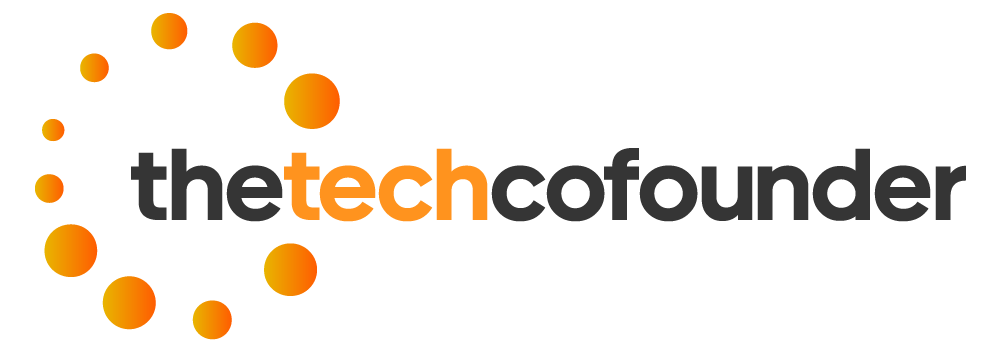Introduction
The digital age has given educational institutions new ways to protect their employees and students, chief among them being the installation of security cameras. The conversation surrounding the integration of cameras in classrooms pros and cons is multifaceted, with fervent arguments supporting both the amplification of security measures and the safeguarding of privacy within these academic sanctuaries. Herein lies a poignant and ongoing debate: How do we balance our children’s need for a secure learning environment with their right to privacy?
Facilitating a secure educational setting while maintaining a sense of normalcy and openness presents a valuable problem. This narrative is not merely about security equipment but the essence of a nurturing learning habitat that fosters trust and development while shielding its inhabitants from modern societal dangers. As we dissect this theme through insightful discussions, let us contemplate the best path forward for our schools, students, and their collective future.
The Evolution of School Safety Measures
The transition from conventional locks and manned corridors to the advanced digital monitoring of today signifies a significant change in our understanding of security in educational environments. Long ago were when a schoolyard mishap was mitigated by the mere presence of a watchful eye; the complexities of today’s threats require a more robust approach, often involving state-of-the-art surveillance systems.
These systems are far from their crude predecessors, providing functionality that goes beyond simple recording, such as better imagery for precise incident documentation, interaction with other security systems, and analytics for behavior trends. This leap in technology has undoubtedly enhanced the capabilities of school authorities to oversee and protect, but not without introducing new challenges and dilemmas.
Addressing Privacy Concerns
However, this embrace of surveillance technologies is met with critical eyes that fear an erosion of personal privacy and a potentially damaging impact on school ethos. The main concerns surrounding this fear are related to the limits of monitoring: how much is too much, and when does security start to encroach on employees’ and students’ privacy and freedom?
Civil liberties advocacy groups make strong cases for encouraging prudence and moderation when it comes to putting surveillance technologies into place. They contend that even if these technologies offer observable safety benefits, they must be paired with stringent guidelines to avoid misuse and unjustified prying into people’s personal lives.
Ethical Considerations and School Policies
The deployment of any surveillance system within an academic setting must be preceded by rigorous debate on ethical considerations. Trust in the educational system is paramount, and any actions that may breach that trust require careful thought and moral scrutiny. School policy-makers stand in the delicate position of ensuring security and upholding ethical standards that respect student and staff autonomy.
Implementing Surveillance Cameras: Best Practices
As institutions bend towards embracing surveillance cameras, adhering to best practices becomes a cornerstone of prudent deployment.
Community engagement is key. Educators, parents, and students should have a say in surveillance, ensuring that all voices are heard and heeded. Beyond the technicalities, the community consensus gives legitimacy to surveillance practices in the eyes of those under their gaze.
Read also Emirates id Status Checking Method Easy Guide 2024
The Role of Surveillance Footage in Crisis Management
From thwarting an unfolding incident to aiding in post-crisis investigations, the value of these digital eyes cannot be overstated. They hold the potential to witness and actively inform the strategies that protect and save lives in moments of danger.
However, the responsibilities of handling a vast amount of sensitive video data are enormous. It is critical to establish a balance that ensures the film fulfills its intended protective function while not devolving into a tool for unlawful monitoring; this job is effectively described in the National Criminal Justice Reference Service’s complete surveillance study.
The Impact on Student Behavior and School Culture
The psychological impacts of monitoring are just as important to understand as the security gains. There is an argument that cameras generate a feeling of responsibility; nevertheless, when surveillance becomes ubiquitous, it may lead to a culture of self-censorship among students and instructors, affecting the fundamental nature of the educational environment.
Reflections on the influence of surveillance on school culture must also provide room for adaptability and growth. Finding innovative ways to integrate these technologies that uphold the principles of open discourse and vibrant learning spaces is necessary for ensuring that surveillance supports rather than subverts the educational mission.
Balancing Act: The Future of Surveillance in Education
Advents in artificial intelligence, facial recognition, and behavioral prediction point towards a future where surveillance will become more nuanced and pervasive. The educational sector’s challenge remains to navigate these developments with foresight, ensuring technological adoption mirrors the principles of respect, care, and protection of personal freedoms.
Staying ahead of this curve requires both visionary policies and robust debate—engaging stakeholders in conversations that shape this delicate balance moving forward. As such, the future of school surveillance must continue to promote a symbiosis of safety and privacy, augmented by advancing technologies that serve the highest educational purposes.







